Vitamin B3 (niacin)
Niacin, also called vitamin B3, is found in foods and supplements in two forms: Nicotinic acid and niacinamide. Both forms can be converted by the body into the metabolically active form niacin.
The functions of niacin in the body
Antioxidant and anti-inflammatory effect.
Niacin plays an important role as an antioxidant, especially in the liver.
Cholesterol metabolism
Niacin, in the form of nicotine acid, lowers various blood lipid levels: total cholesterol and LDL cholesterol. Furthermore, niacin increases HDL cholesterol levels (the healthy, protective cholesterol).
Cell Metabolism
Niacin is necessary for the function of over 200 enzymes (dehydrogenase) throughout the body. It is involved in the biosynthesis of compounds such as fatty acids and steroids. The vitamin is essential for cellular respiration and energy production. In addition, niacin is essential for the integrity of skin and muscle tissue.
Can niacin be overdosed?
Therapeutic doses (0.5-3 g) of nicotine acid (but not niacinamide) can cause a number of side effects: Dilatation of capillary vessels causing tingling and reddening of the skin ("flush"), lowering of blood pressure associated with dizziness, increase in uric acid in the blood, liver dysfunction, and increase in blood glucose levels. These side effects can be attenuated with parallel use of inositol and generally decrease as the body becomes accustomed to nicotine acid. According to recent studies, niacin in high doses between 1 and 3 g/day may increase homocysteine levels. Niacin doses in the gram range should therefore always be taken only after consultation with a specialist and together with a vitamin B complex.
Good to know about niacin
- In the form of the nucleotides NAD/NADH and NADP/NADPH, niacin is involved in metabolic reactions taking place in all cells of the organism.
- The daily requirement of niacin is between 14 and 16 mg for men and between 11 and 13 mg for women.
- Niacin is relatively heat stable during cooking and storage; however, it is washed out in water during the cooking process.
- Signs of a deficiency condition can develop within 2 to 4 weeks, but are not very common in this country.
Niacin deficiency - the symptoms
- Skin: reddened, cracked, scaly, hardened areas of the body exposed to sunlight, such as elbows, knees, neck, back of hands, forearms
- Mouth and lips: inflamed, painfully swollen tongue, cracked lips
- Nervous system: anxiety, fatigue, irritability, headaches, insomnia, emotional swings, psychosis, hallucinations, depression, schizophrenia
- Digestive system: decreased secretion of digestive juices, loss of appetite, stomach distension and swelling, flatulence, vomiting and diarrhea.
Products with B3 (niacin)...
-
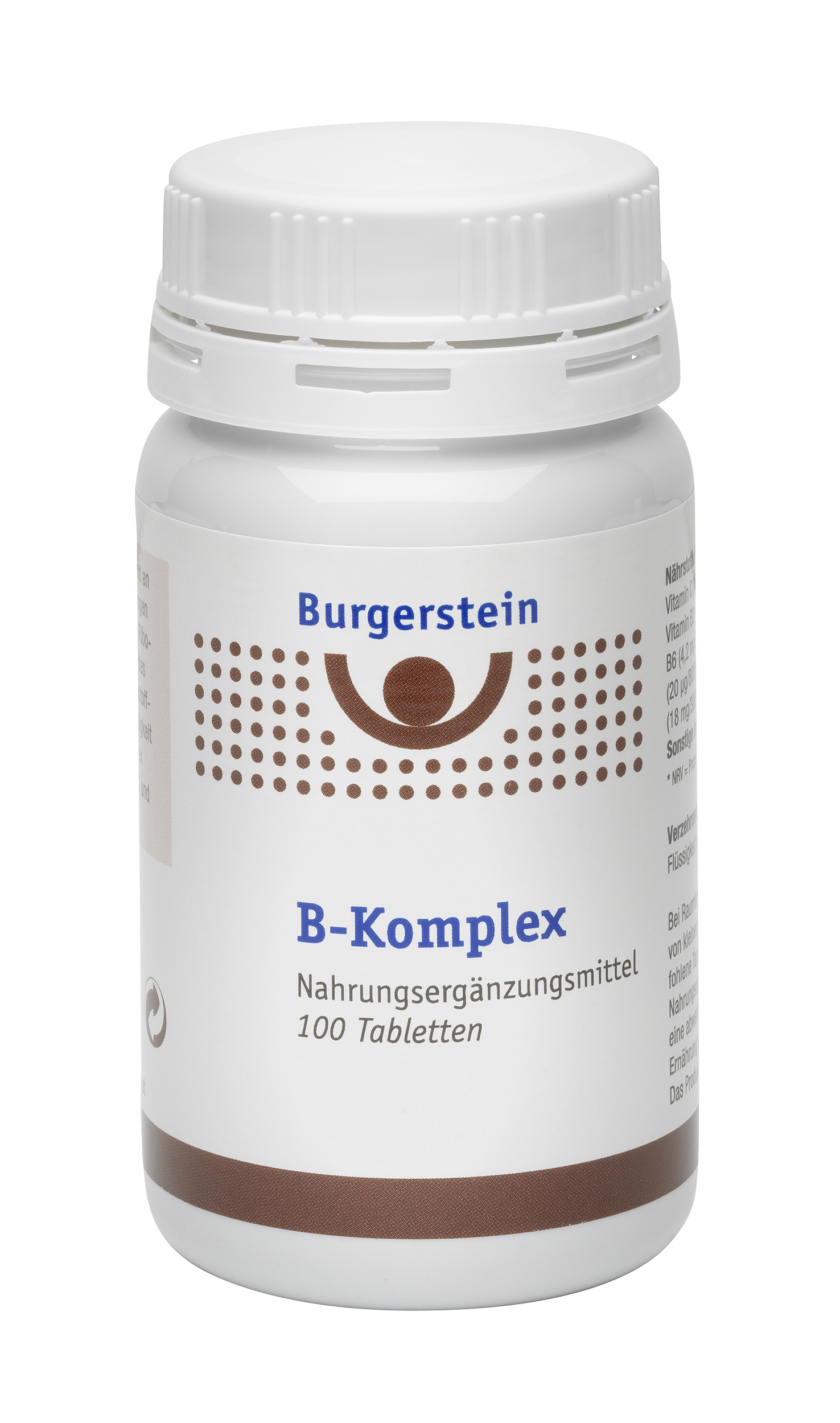
B-Komplex
check product -
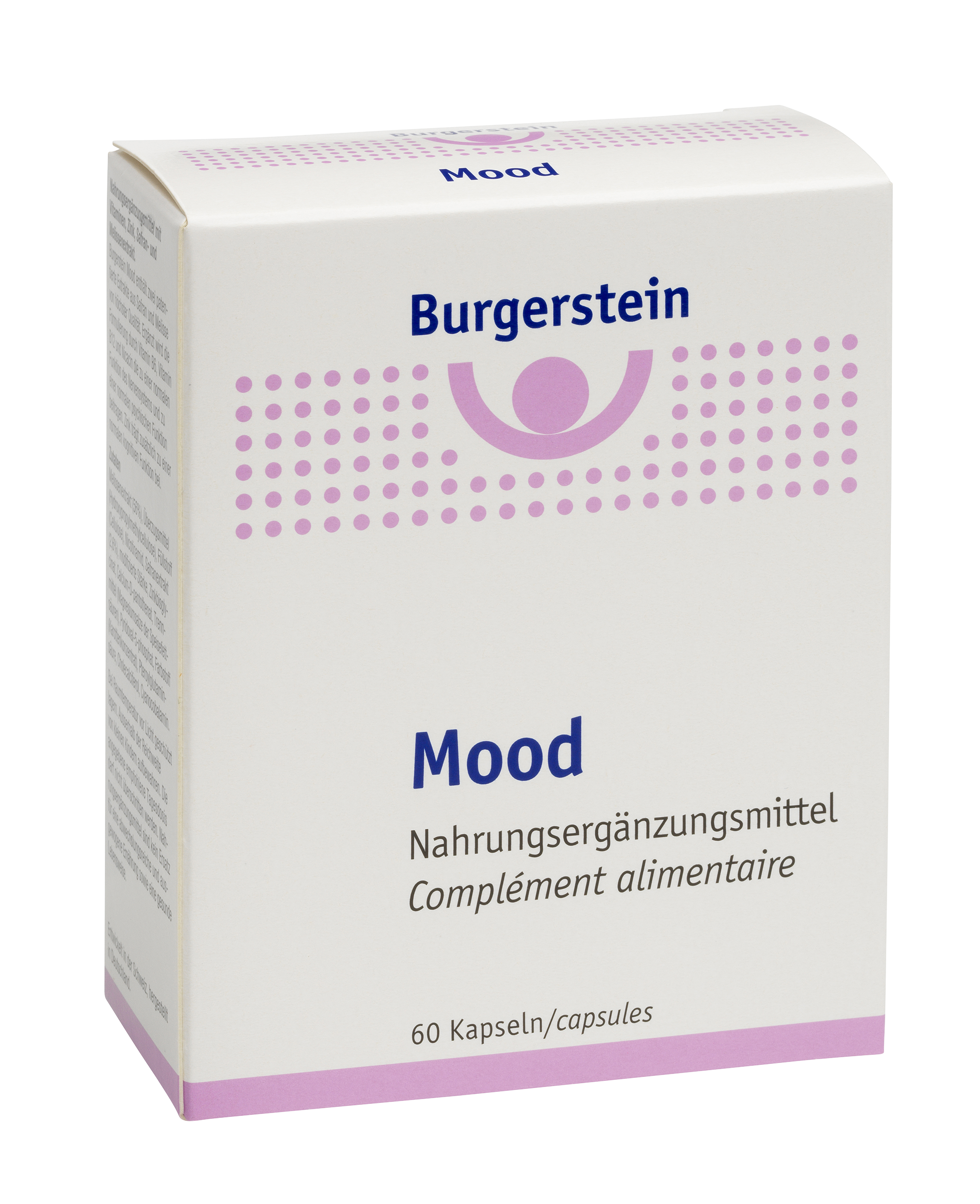
Mood
check product -
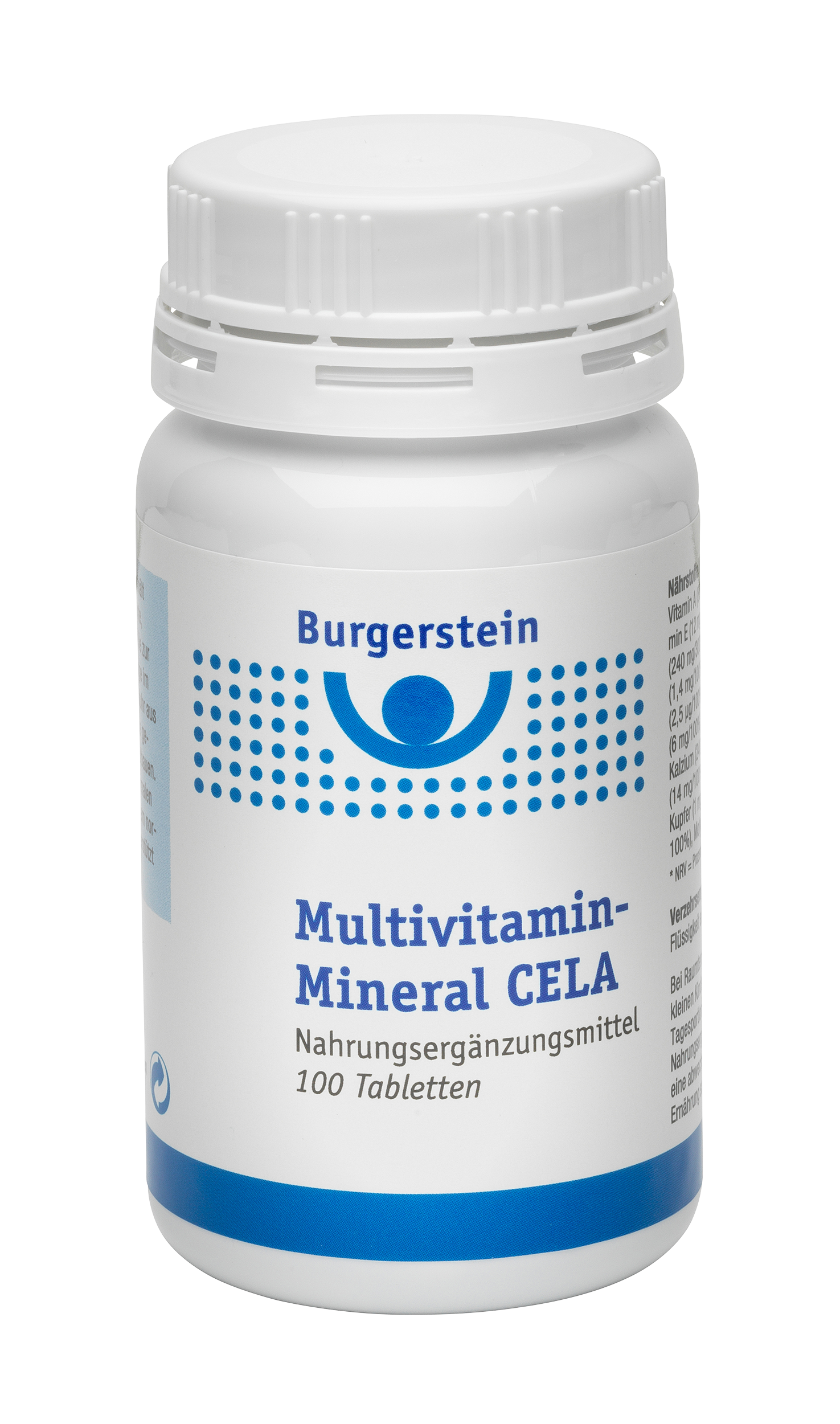
Multivitamin Mineral CELA
check product -
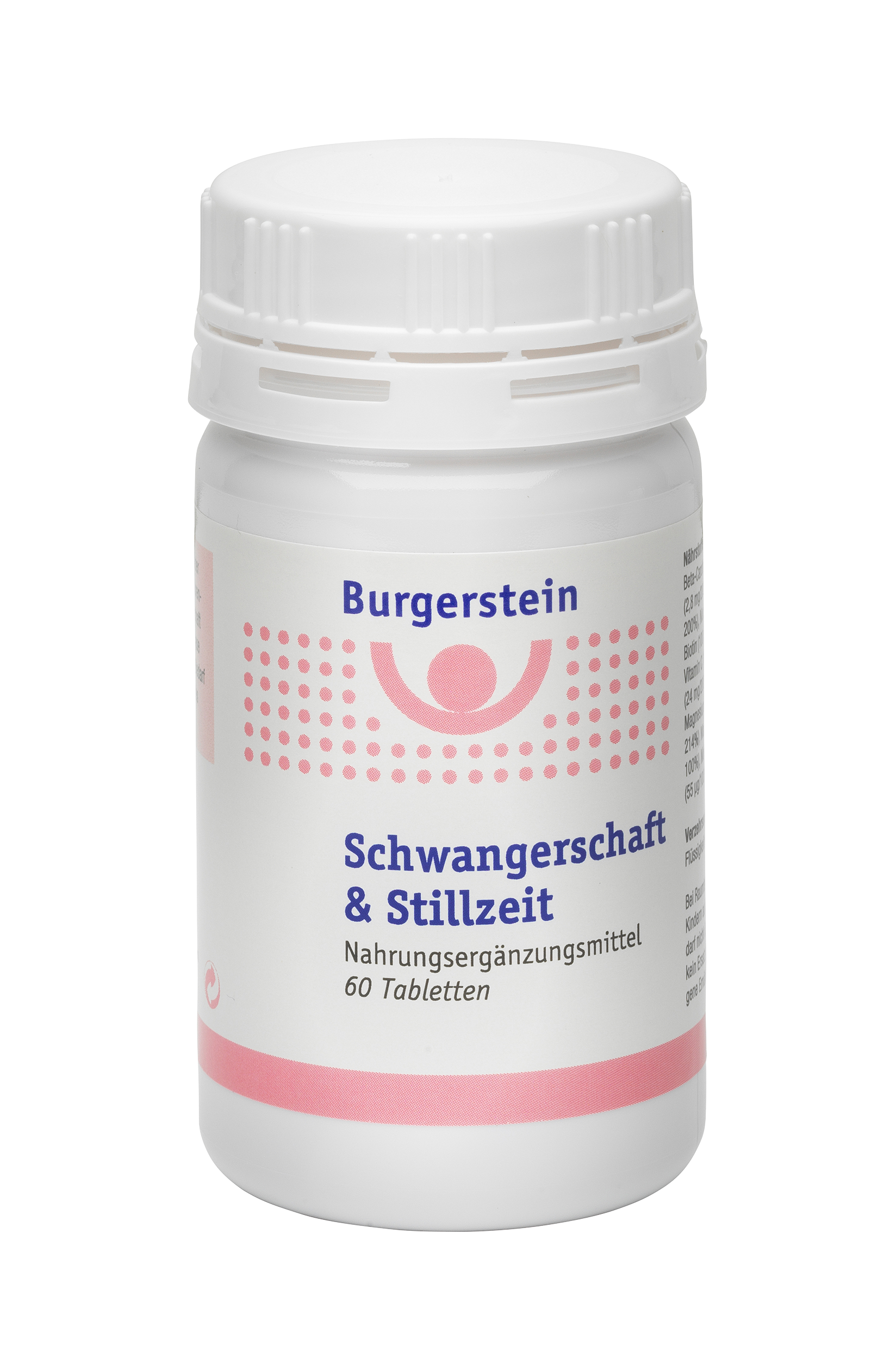
Schwangerschaft & Stillzeit
check product -
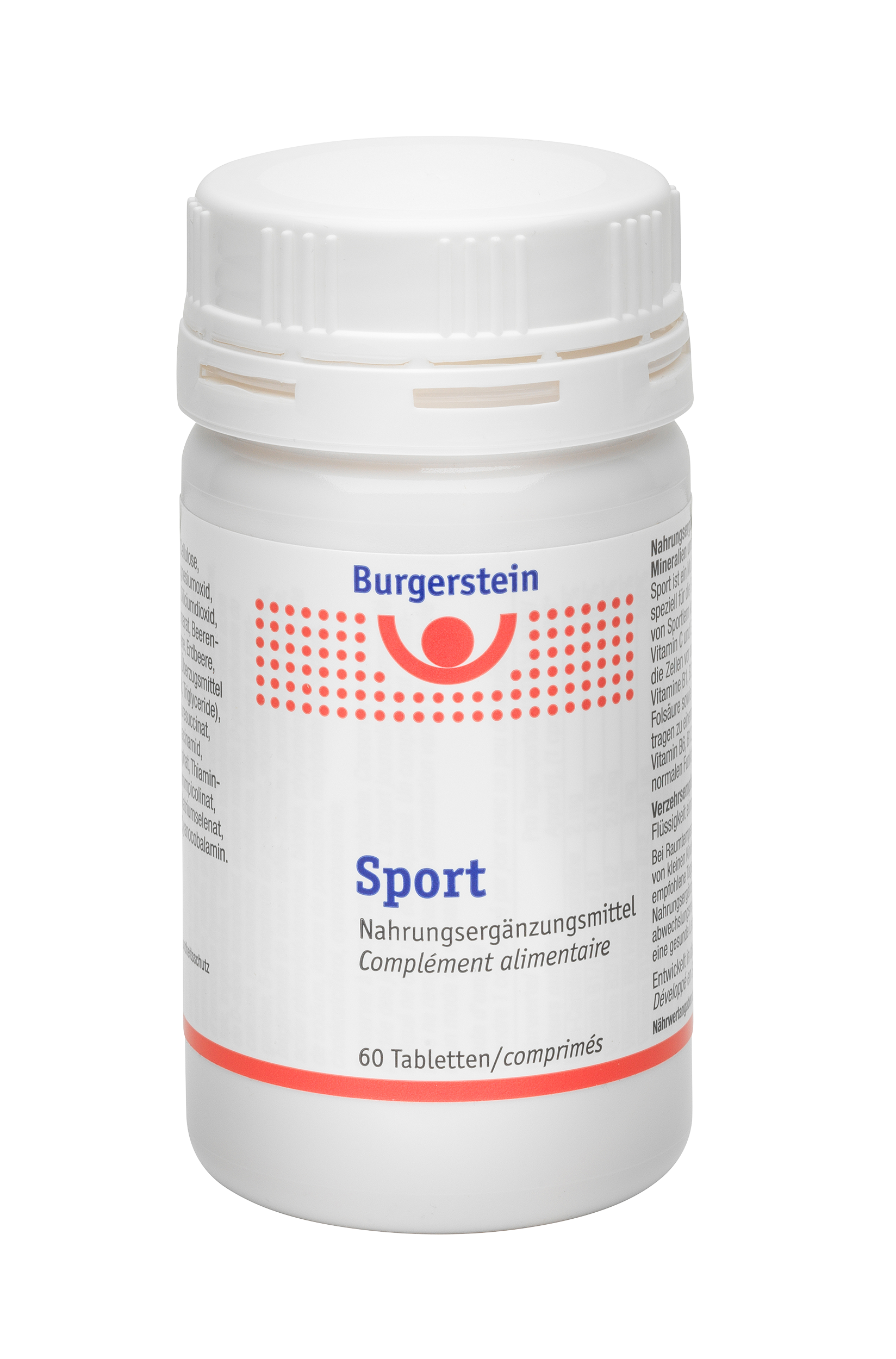
Sport
check product -
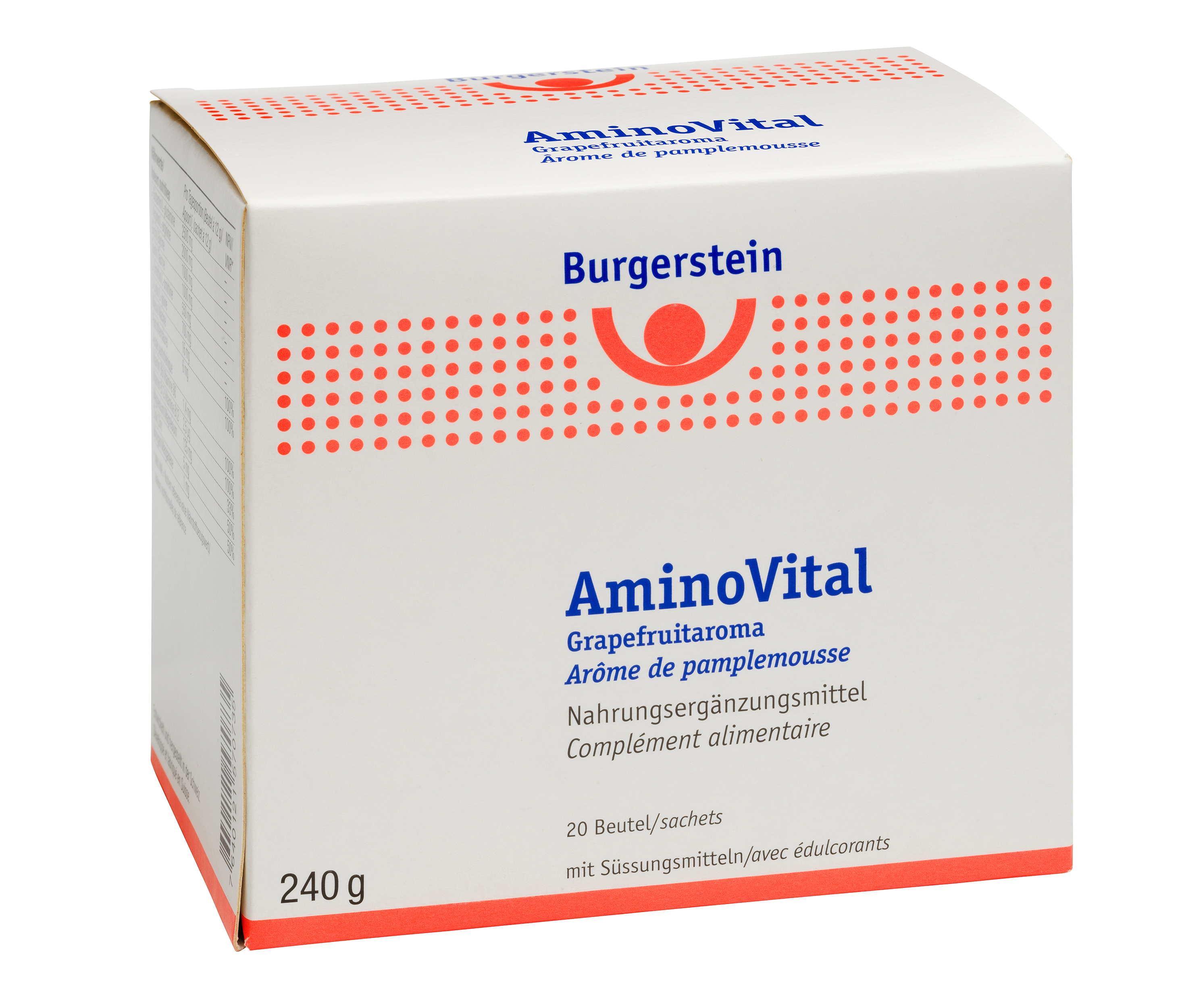
AminoVital
check product -
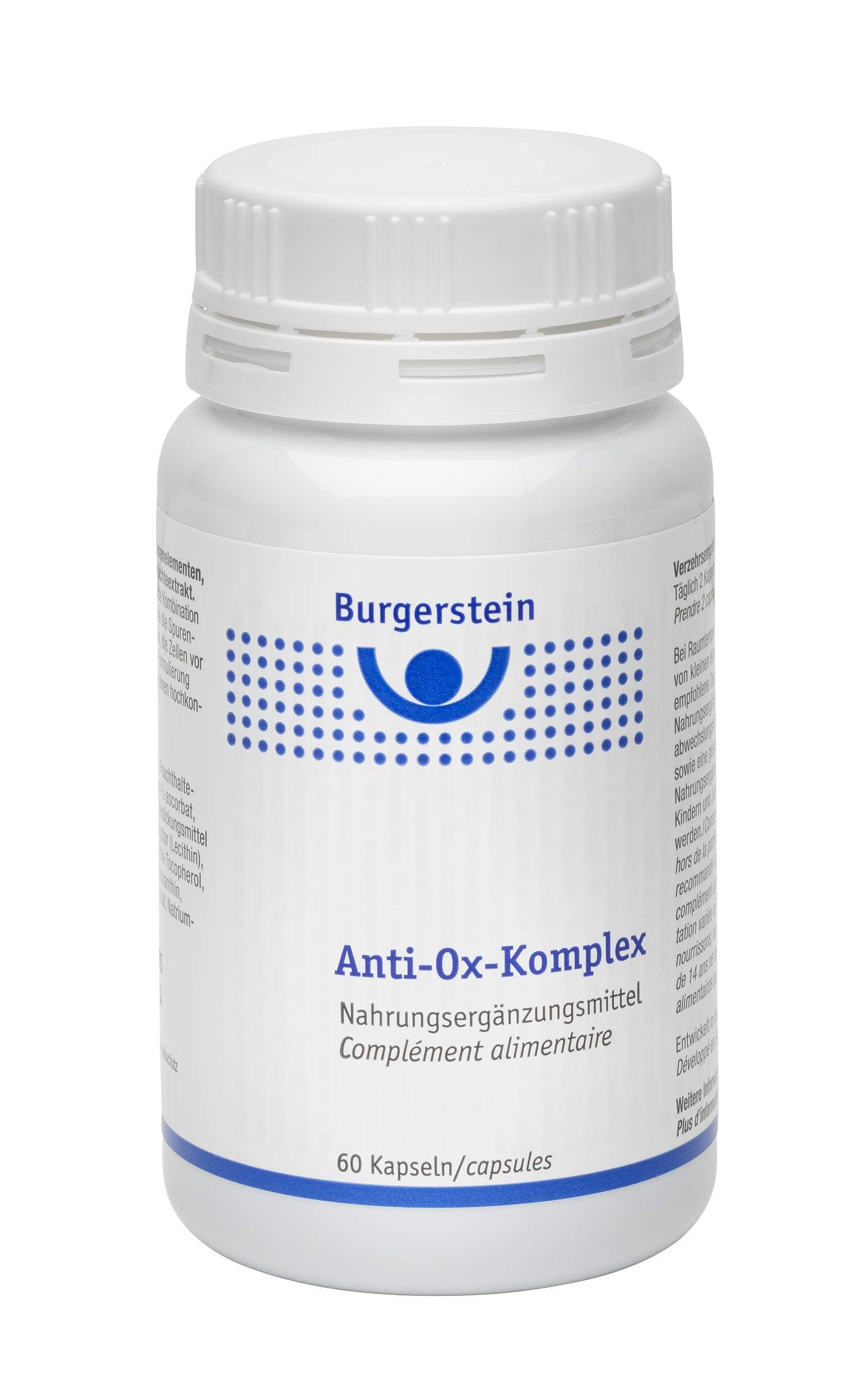
Anti-Ox-Komplex
check product -
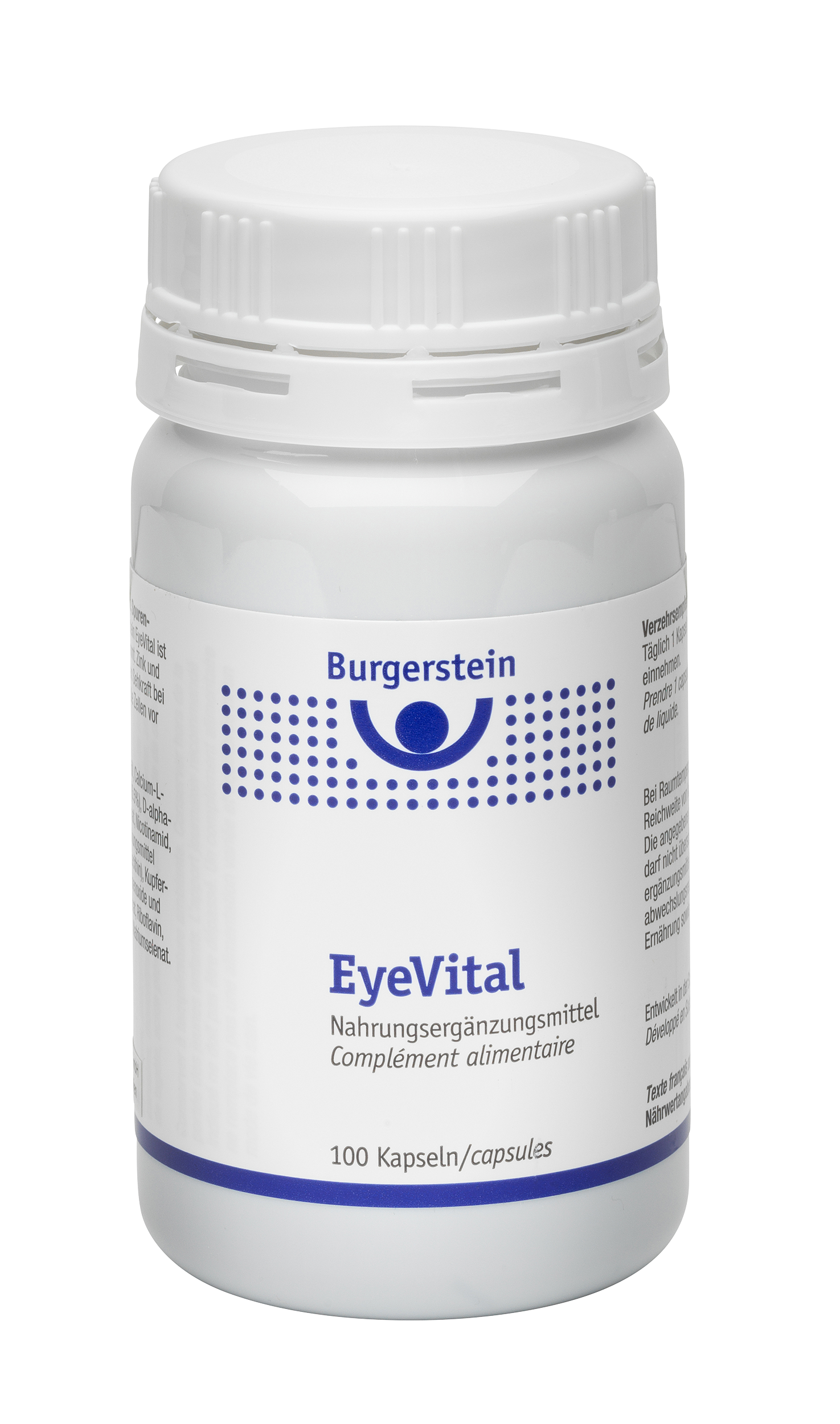
EyeVital
check product
